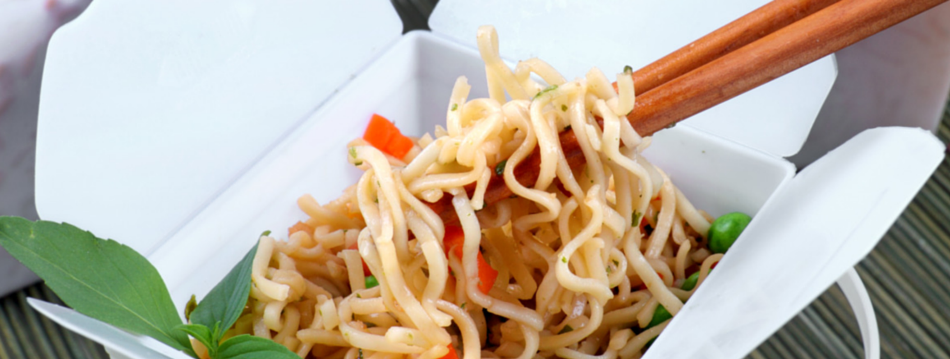 Cooking grants you access to a variety of cook’s treats before you send food off to your family or company. These are your reward for standing in the kitchen while everyone else is drinking and scarfing down hor’s d’oeuvres, or finishing their homework. I used to feel guilty about popping some special morsel into my mouth before anyone ever got a chance, but age and wisdom have helped me to see these are my just desserts (so to speak).
Cooking grants you access to a variety of cook’s treats before you send food off to your family or company. These are your reward for standing in the kitchen while everyone else is drinking and scarfing down hor’s d’oeuvres, or finishing their homework. I used to feel guilty about popping some special morsel into my mouth before anyone ever got a chance, but age and wisdom have helped me to see these are my just desserts (so to speak).
If you’re not the cook in your house I am about to reveal secrets you may not be aware of. I’m going to tell you why we get hooked on cooking. From deliciously unhealthy bits we bite, to what becomes of those pie crust scraps. In college, I figured out that my roommates would gladly do the dishes if I did the cooking. That alone was reward enough, but soon I found there were others.
Of course, there are the obvious things, tasting soups, stews, and sauces, or eating the first cookie, warm from the oven, or the first samosa. There are odds and ends, tastes that must be taken, and testers to try. If you are making meatballs or meatloaf there is the small patty you brown in a pan to make sure your mix is well seasoned. We happily eat the ends of the meatloaf or pâté as well the crunchy ends of a baguette, even if we haven’t baked it. There may be just enough of the scone batter to make a tiny one you can eat while the rest finish baking.
I prefer homemade pie crust for a number of reasons. It is hard to find pie crust made with butter. Most commercially sold crusts have hydrogenated fats and a slew of mystery ingredients. When you do find an all-butter crust the cost is prohibitive, and forget finding one made with lard. Making pie crust is quite easy. I’m often surprised that people who I consider good cooks can’t or won’t make them. Once you get the hang of them they’re—forgive me—easy as pie.
Making pie crusts means there will be dough scraps. There are a number of things you can do with these scraps. You can make a mini tart if there is enough dough left. The simplest thing to do, though, is brush with milk, egg wash or water and sprinkle with cinnamon-sugar or spoon on some jam. Pop them in the oven with the pie, and bake ten or fifteen minutes for a crispy, buttery treat.
I love being the designated carver of whatever meat is served because I get the first crack at sorts of goodies. For poultry this means I get the pygostyle, or what my family called the pope’s nose, and the crispy bits of skin that won’t get cut up with the rest of the bird. Almost any roasted meat has some kind of crispy bits, and with no one watching, they can be yours. Most cooks are happy to slice off a browned bit of fat from a rib roast or a good ham.
Though I don’t like this, I had a friend who loved the remains of scrambled eggs that stuck to the pan. She’d scrape them up with a flat wooden spatula and sigh with delight as she ate them off the end. My friend, Rick likes to take the egg mix left from French toast, scramble it and eat it like a dessert omelet.
Of course, if you’re not interested in being a cook, the next best thing is hanging around one. If you’re lucky they may hand you one of the beaters. If you offer to wash the pots and pans they may hand you the mixing bowl and your own spatula. Cook’s treats aren’t the reason anyone cooks, but they sure are a nice bonus!





.jpg)





Peggy Gilbey McMackin - Brilliant commentary of truth.
Lisa @ The Meaning of Me - Hah – all so true! Bread dipped into the pot of simmering spaghetti sauce…yum.
nrlowell@comcast.net - I knew I was forgetting things!!